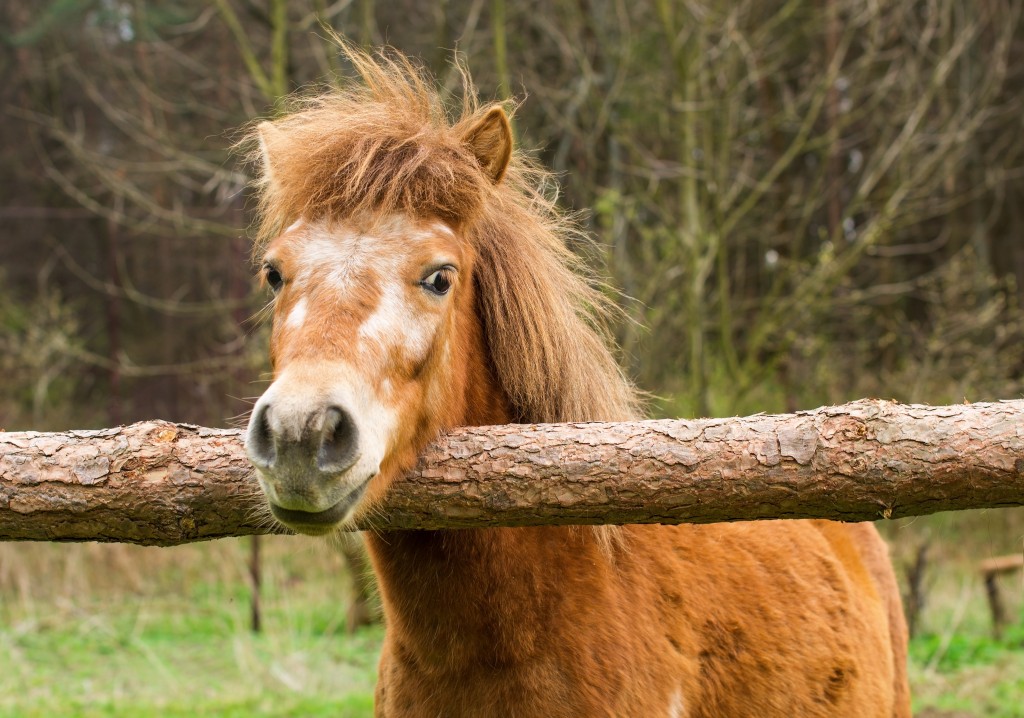Ever tried creating and maintaining your own indoor garden and failing miserably?
You’ve tried your hardest, but you keep killing one plant after another. You blame your own house not having enough sunlight to keep the plants alive, and you think you’d even do great at it if only you have a small lot outside to grow your own plants.
But maybe, it’s not just the lack of sunlight in your living room. Maybe it’s your choice of plants and your lack of knowledge when it comes to taking care of it.
There’s no shame in failing, and you’re definitely not the first one to do so. Not everyone has a green thumb, but it’s still possible for anyone to create their own indoor garden with enough patience, time, and knowledge. If you know which plants work best indoors and how to properly take care of it, even you can have a small garden at your own little corner at home.
The key is to start small, and by small, we mean succulent small.
Taking care of succulents is not exactly idiot-proof, but it’s possible for anyone to care and grow succulents indoors if they have the right know-how at their disposal.

Choosing the Best Indoor Succulents
All cacti are succulents, but not all succulents are cacti. That’s the first thing you need to understand about these plants.
Coming from the Latin word “sucus” that means juice or sap, succulents are plants with thick leaves or swollen stems that can retain and store water. These plants can survive on limited water resources and don’t need to be watered every day. While some succulents crave the sunlight, there are types that prefer the shade or low light.
Go for succulents that are naturally green as these varieties are the ones that thrive the best indoors. Bright-colored succulents generally don’t survive well indoors since it requires direct sunlight and more sun than what indoor settings can provide. Basically, avoid succulents with red, orange, or purple colors.
The succulent varieties great indoors are:
- Echeveria – A variety that comes in different colors, this desert plant survives best in dry conditions. Only water it once the soil has completely dried out and place it in clay pots to allow the water to fully evaporize.
- Aloe vera – This medicinal plant, with its sap used to soothe burns and to heal wounds, is best placed on a spot with full sunlight. Remember to water these plants when the leaves already feel dry and brittle.
- Panda plant – Its little white hairs give the plant an impression of being fuzzy. It prefers the care of dry, heated homes, and it only needs to be watered enough to keep its leaves from shriveling and drying out.
- Jade plant – Characterized by its glossy green leaves, jade plant is native to South Africa. This plant must be placed on spots with sunlight and it only needs to be watered when the soil is dry. It’s often a victim of overwatering so be cautious when watering jade plants.
- Christmas cactus – This variety blooms during the holidays, thus the name. The bloom only lasts for a couple of days, but proper watering and consistent optimal temperature can help the plant maintain its bloom all throughout the holiday period.
- Zebra plant – The zebra plant only requires moderate amount of water and sunlight to keep alive. This succulent variety can grow up to five inches high and six inches wide, and it’s named for its horizontal stripes that cover its leaves.
- Crown of Thorns – If you prefer brightly-colored plants, then try the Crown of Thorns. Though it might need more care than its green-hued counterparts, this type of succulent can bloom all year-round as long as it gets enough sunlight.
How to Care for Succulents Indoors
To avoid any more murder of innocent plants, learn how to properly care for your indoor succulent garden. Correct watering methods, proper containers, and appropriate choice of soil can be the key to a healthy and thriving indoor garden.
Succulent maintenance may not be as easy as one, two, three, but keeping your plant happy and healthy is possible for anyone especially if they abide by the following rules.
1. Practice the soak and dry method
Unlike other plants that have no special watering methods, succulents are special in a way that overwatering can kill them.
The best way to water succulents is through the soak and dry method. First, soak the soil thoroughly until the water seeps through the pot’s draining holes. Instead of misting or using spray bottles, watering the soil directly is advised.
Wait till the soil is completely dry before watering it again. This method allows the succulent to pull out new and healthy roots while the soil is dry, making the plant ready for the next watering session.
2. Place succulents on spots with enough sunlight
While indoor succulents can survive in areas with minimal light, these plants still thrive best in areas that get at least six hours of sunlight per day. Make sure your succulents get enough light by placing them near windows.
You’ll know if the plant doesn’t get enough sunlight if the leaves are stretched out, which often happens to echeveria. Succulents that start leaning toward the sun may also mean that they don’t get enough light. Rotating the plants is also a good idea to make sure that all sides get enough sunlight.
3. Select the best soil for succulents
Using just any soil won’t do. Since succulents rely heavily on proper watering and soil that absorb water well, regular potting soil found in your backyard won’t do. Go for cactus soil or a mix of pumice, perlite, sand, and potting soil.
Make sure to place the soil on pots with drainage holes, and it’s also best to avoid glass containers with no drainage holes. For better drainage, you can also put volcanic rock, sand or gravel at the bottom of the pot before placing the main soil. Terra-cota pots with drainage holes are recommended for beginners.
4. Keep your plants clean
Generally, indoor succulents are free from pests and bugs, but it’s for the better to regularly check the plants if there’s a presence of gnats, ants, eggs, or larvae. The common reasons why indoor succulents have bugs include overwatering, poor drainage, and over fertilizing.
The build up of dirt and dust on succulents can also inhibit growth, so with a damp cloth, regularly wipe the leaves and spines to avoid the accumulation of dust.
If you’re still unsure if growing and caring for an indoor succulent garden is for you, don’t start with multiple potted succulents at once. Grow your garden slowly by adding one plant at a time and start from there. Try and try again until you get the hang of taking care of one potted succulent before adding another one to your little indoor garden.
Multiple failed attempts of being an indoor gardener shouldn’t stop you from trying again. Succulent maintenance may also require hard work and effort to care for, but with time, practice, and an awful lot of patience, you, too, can have your own indoor succulent garden.





